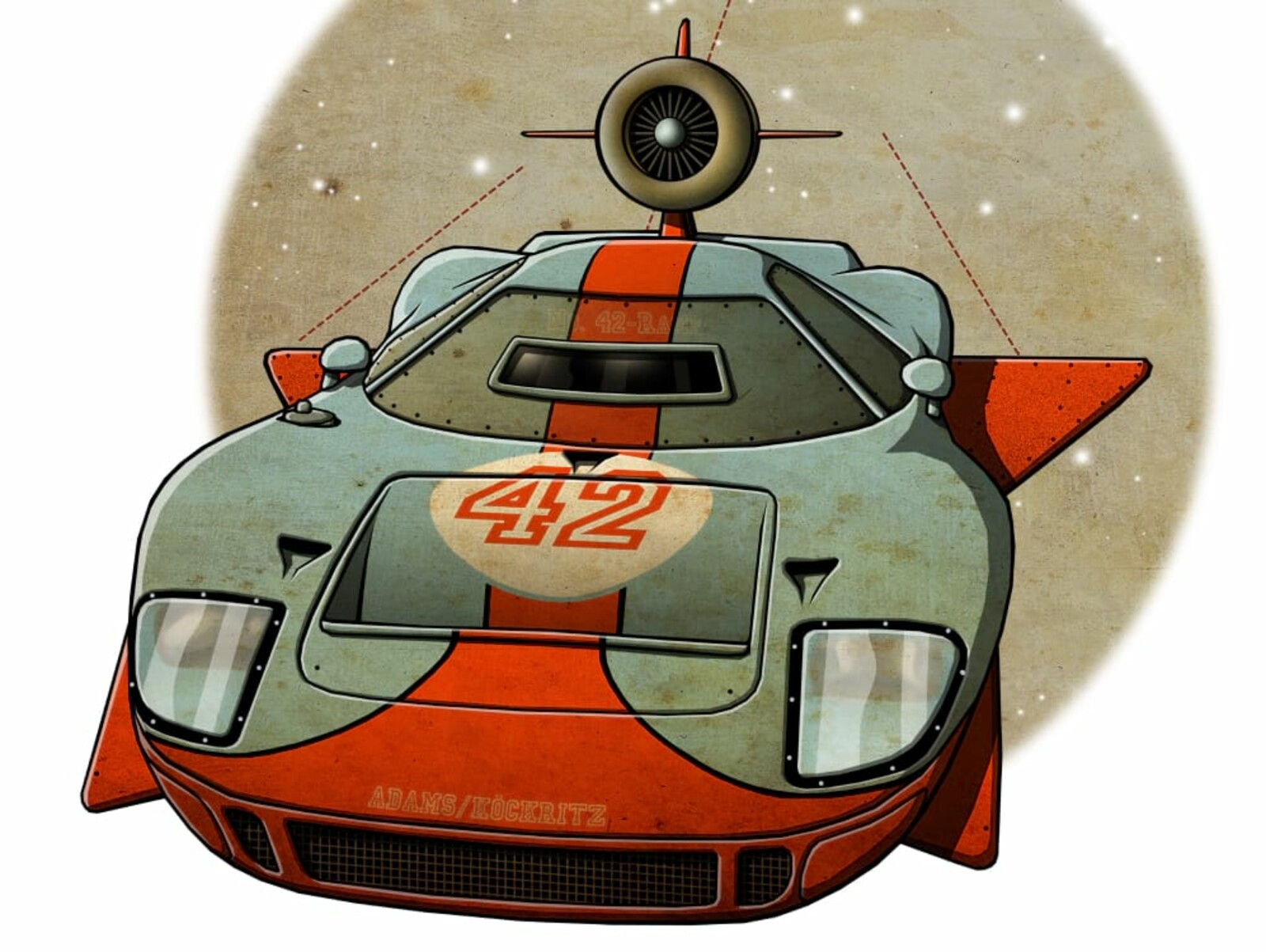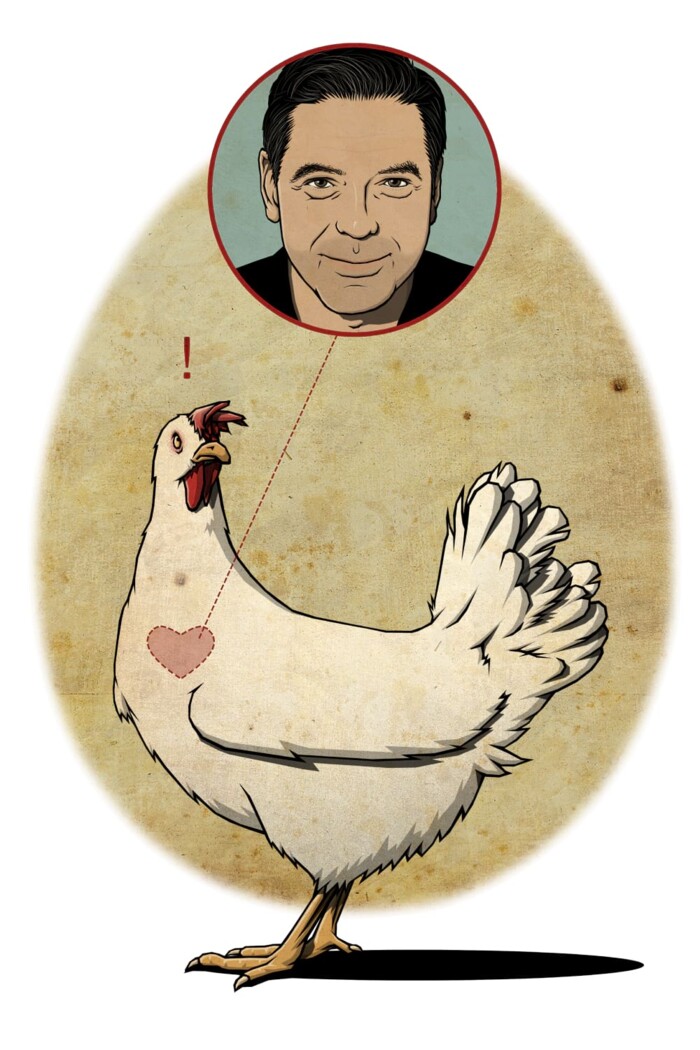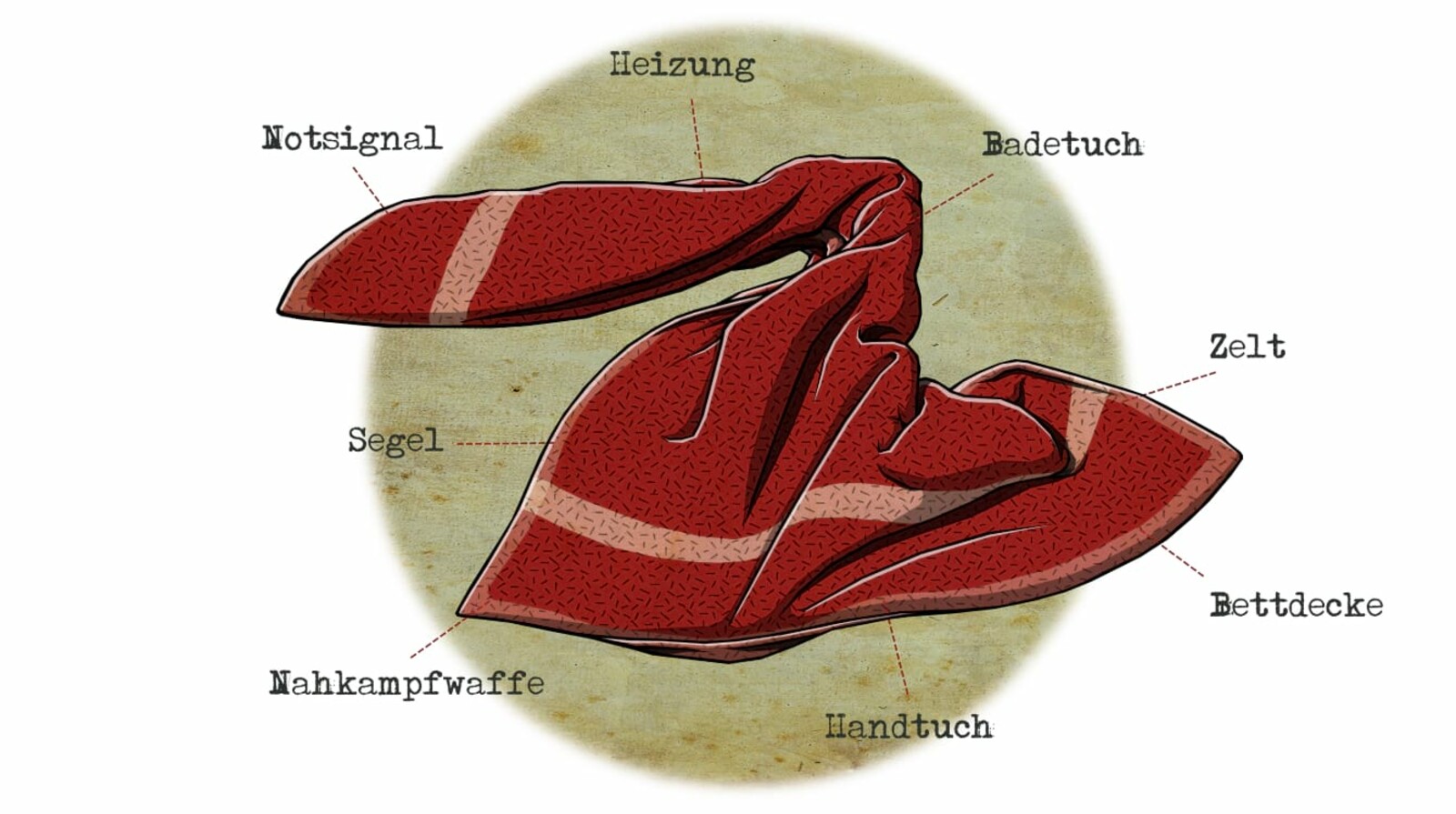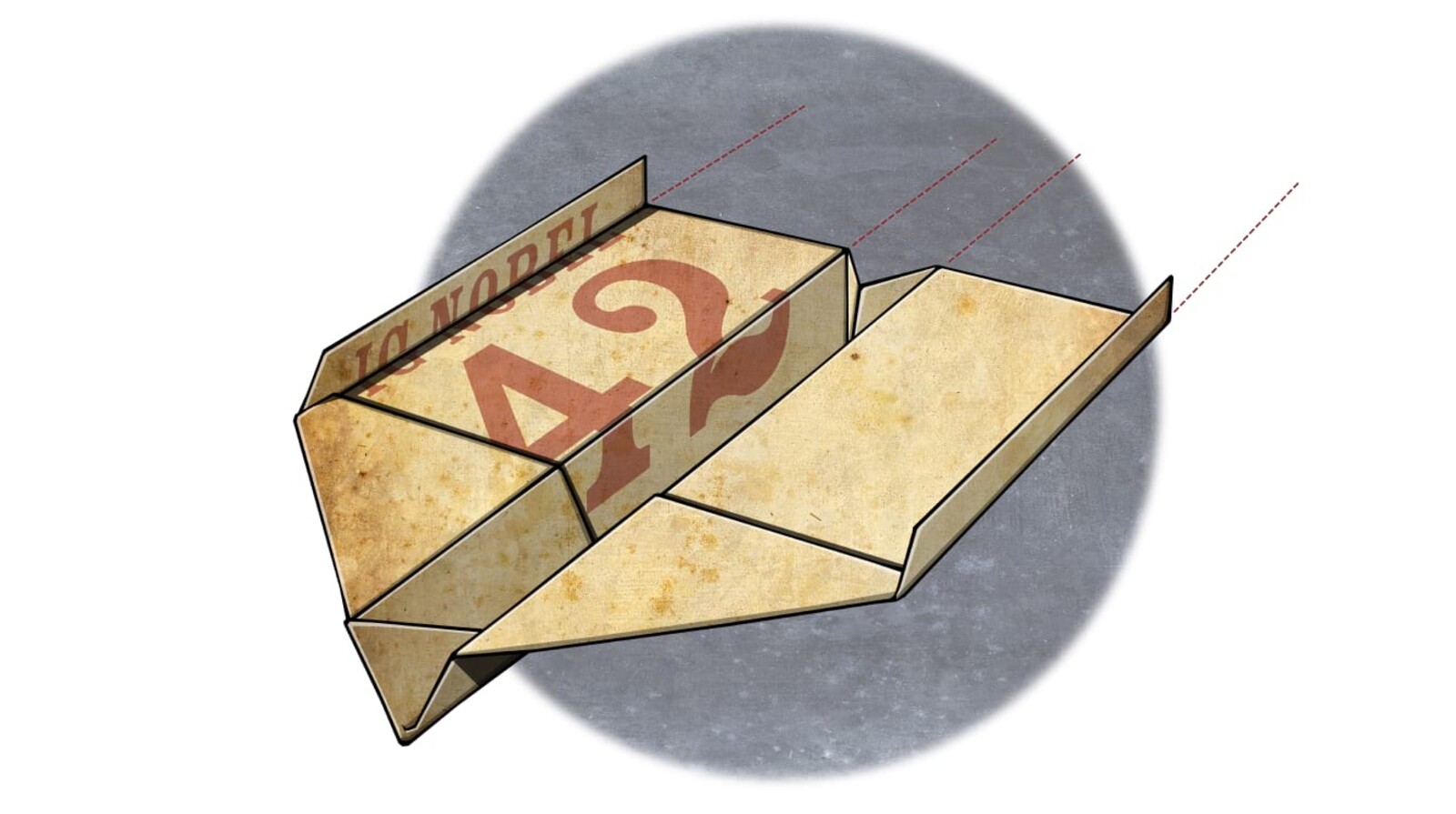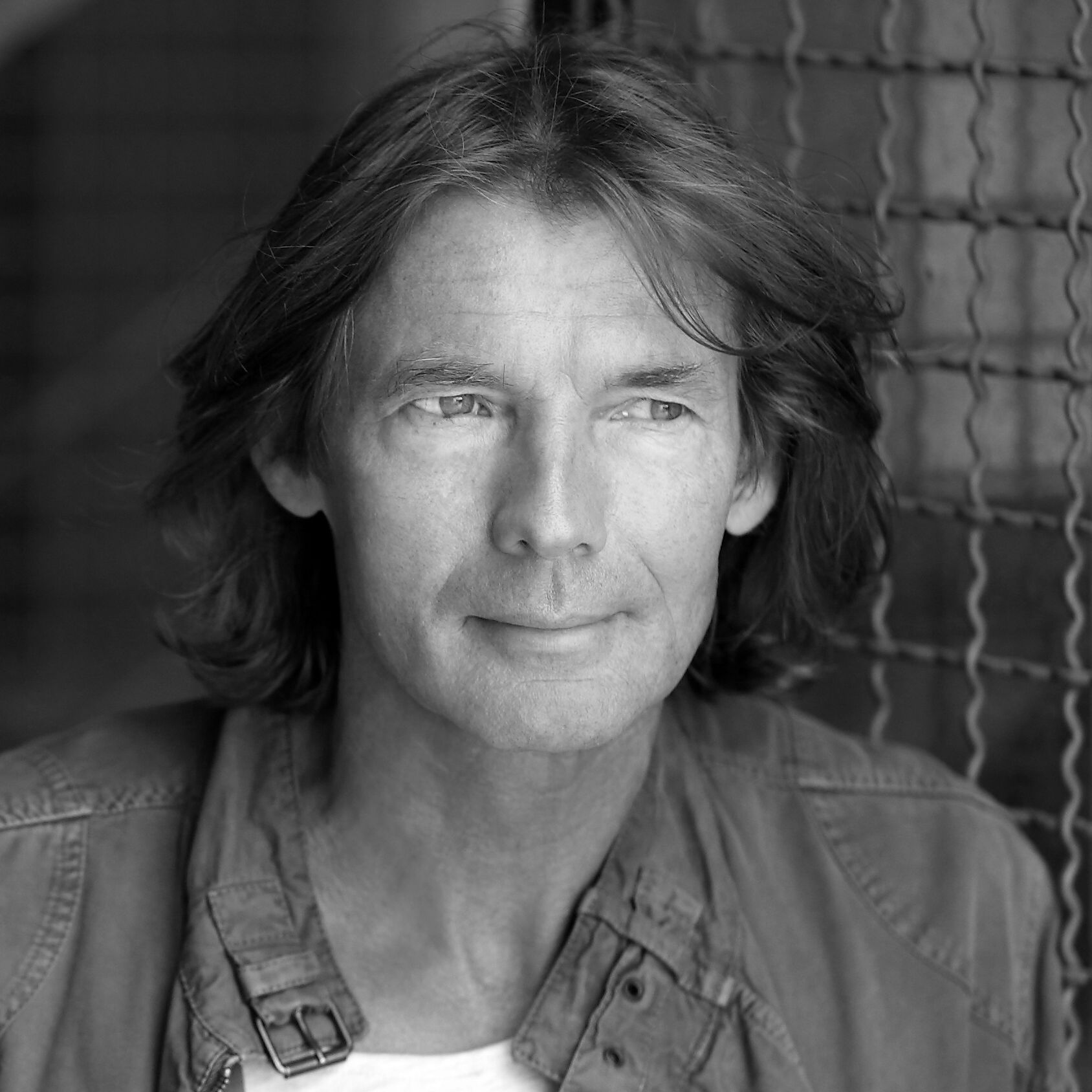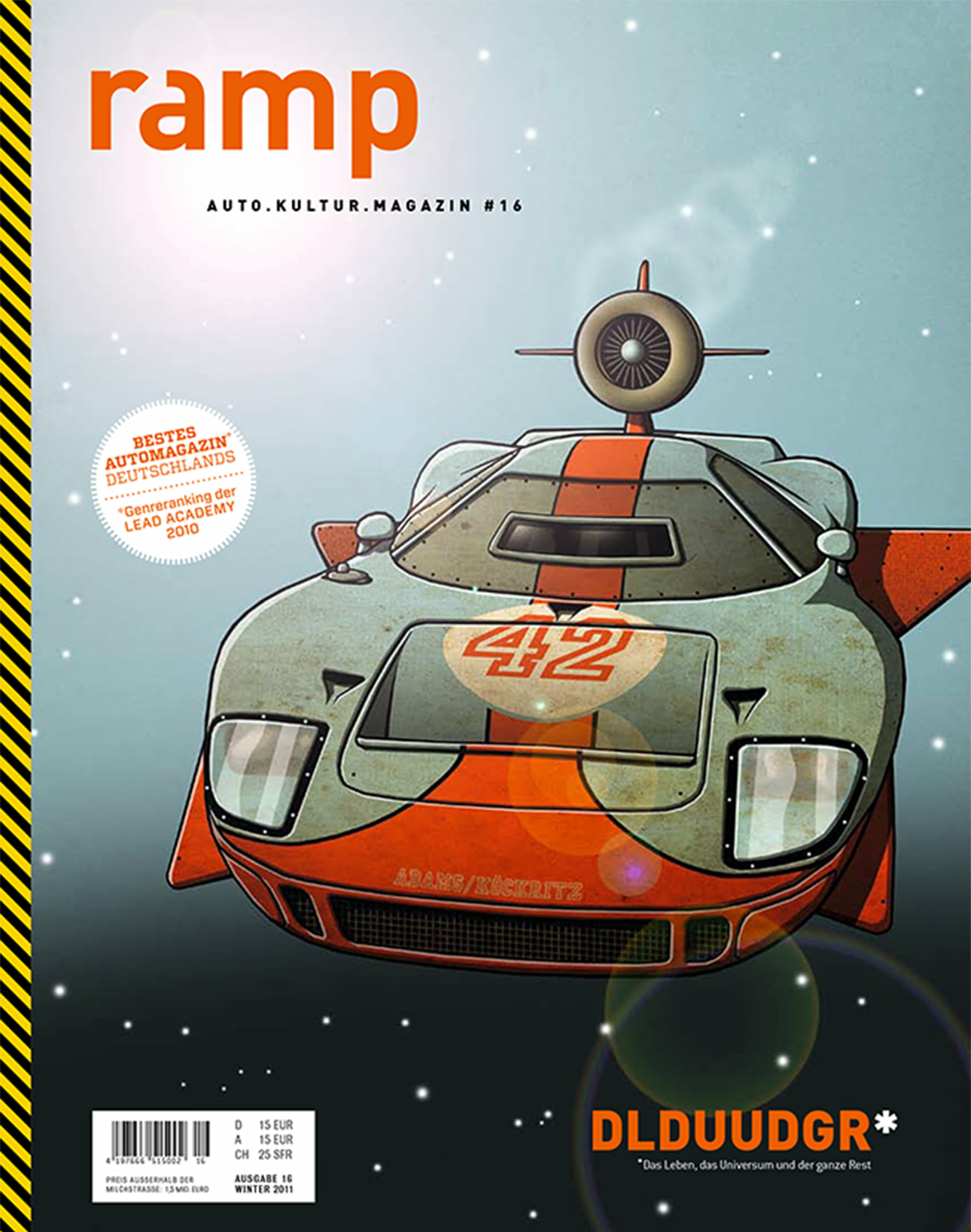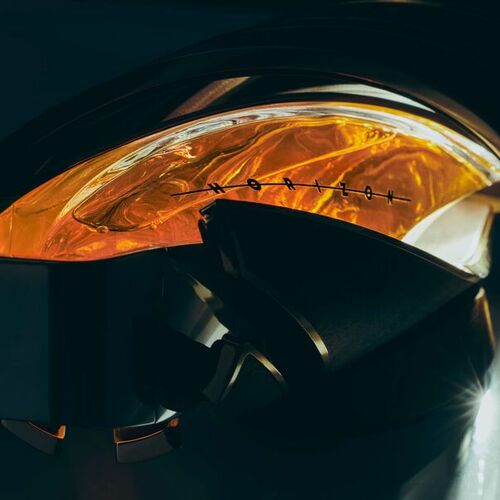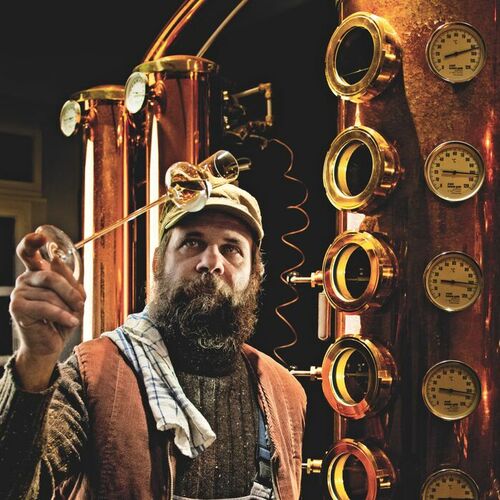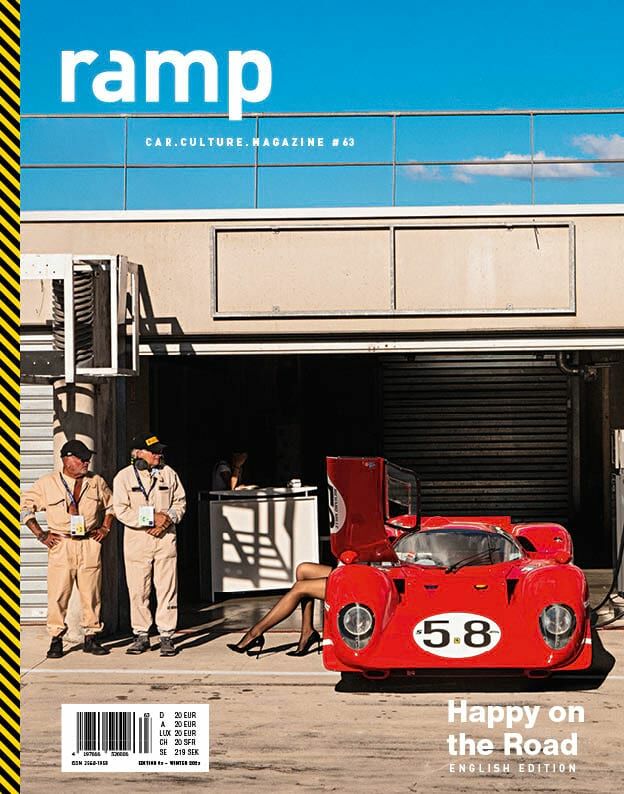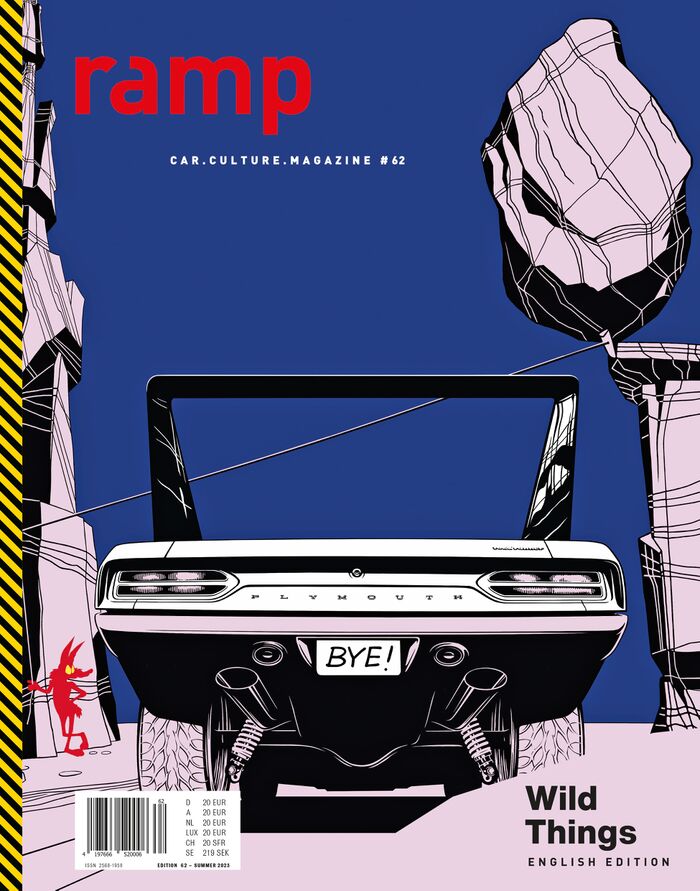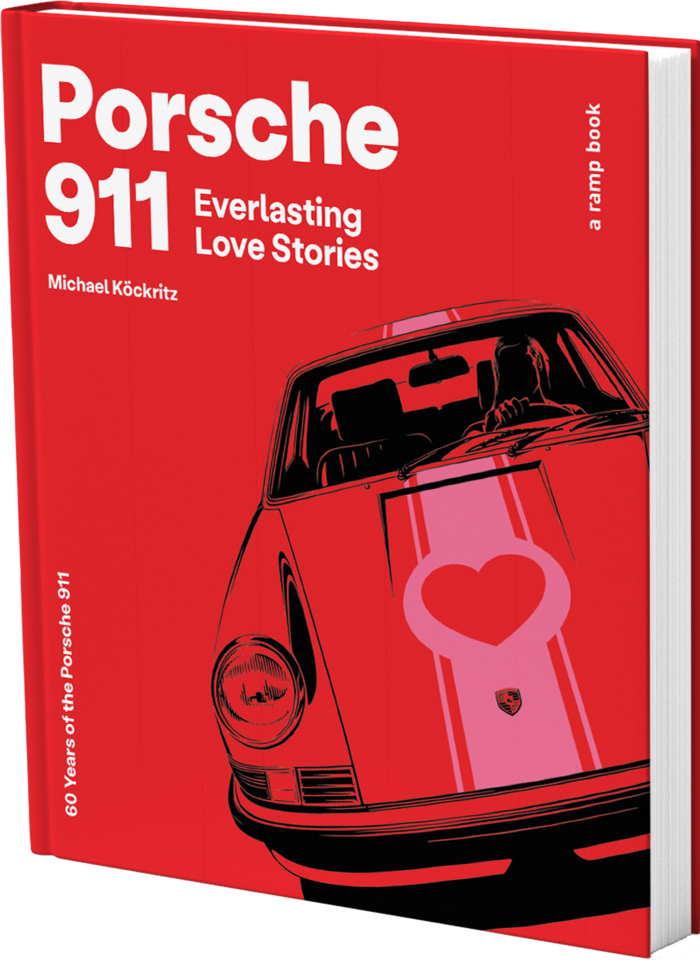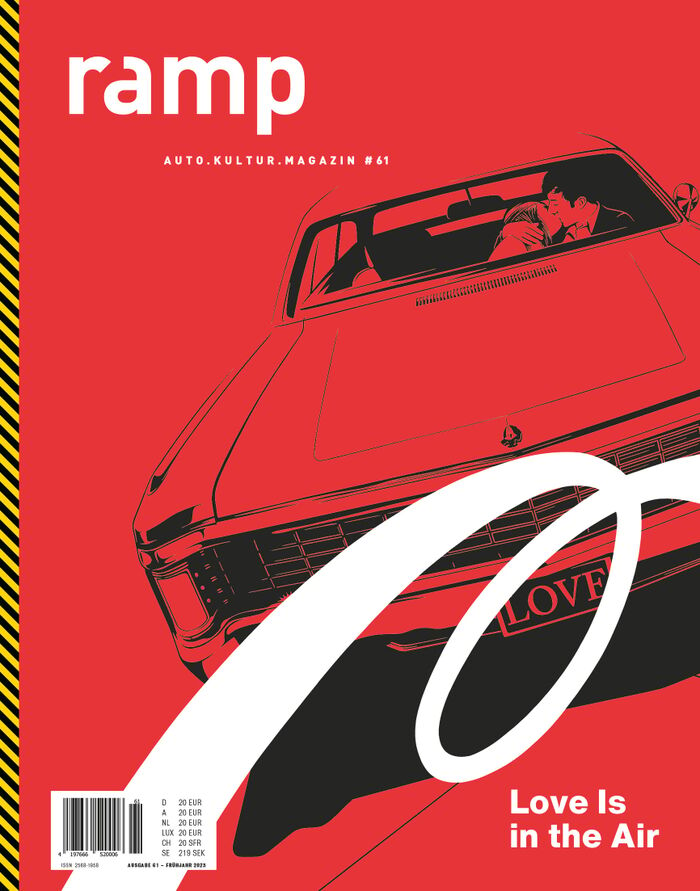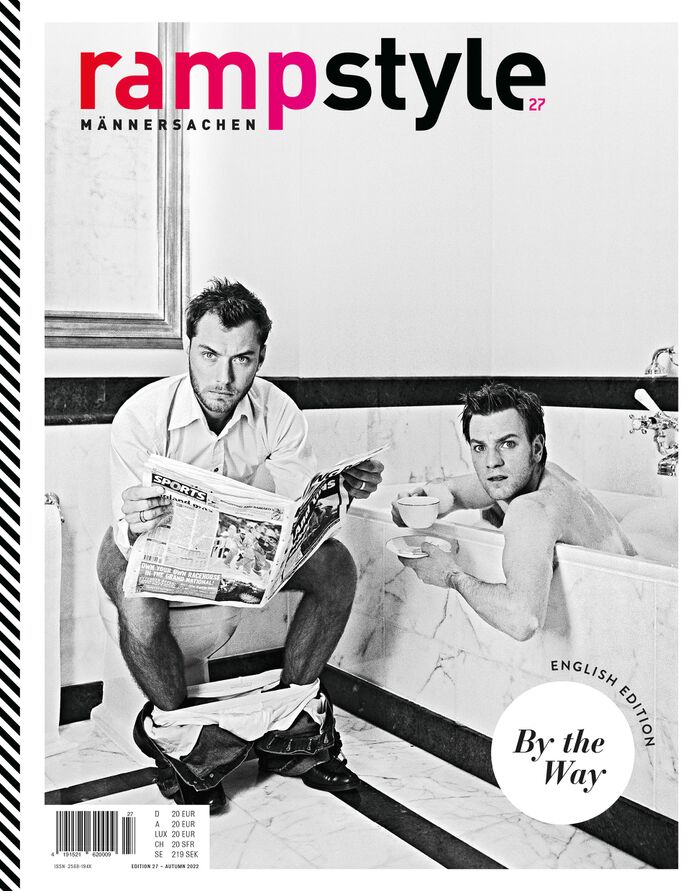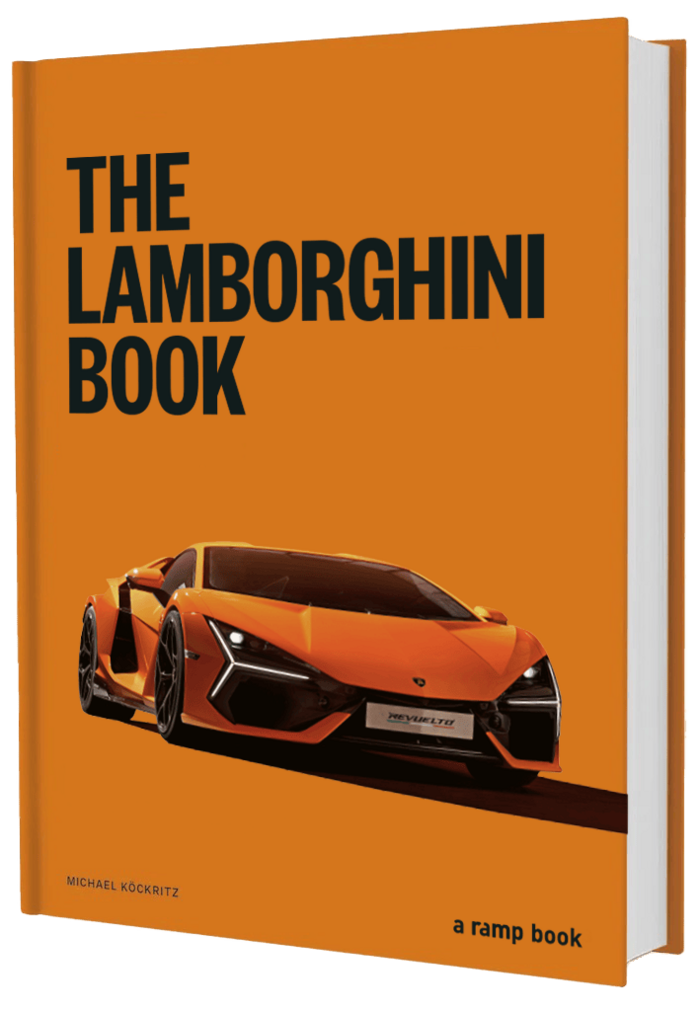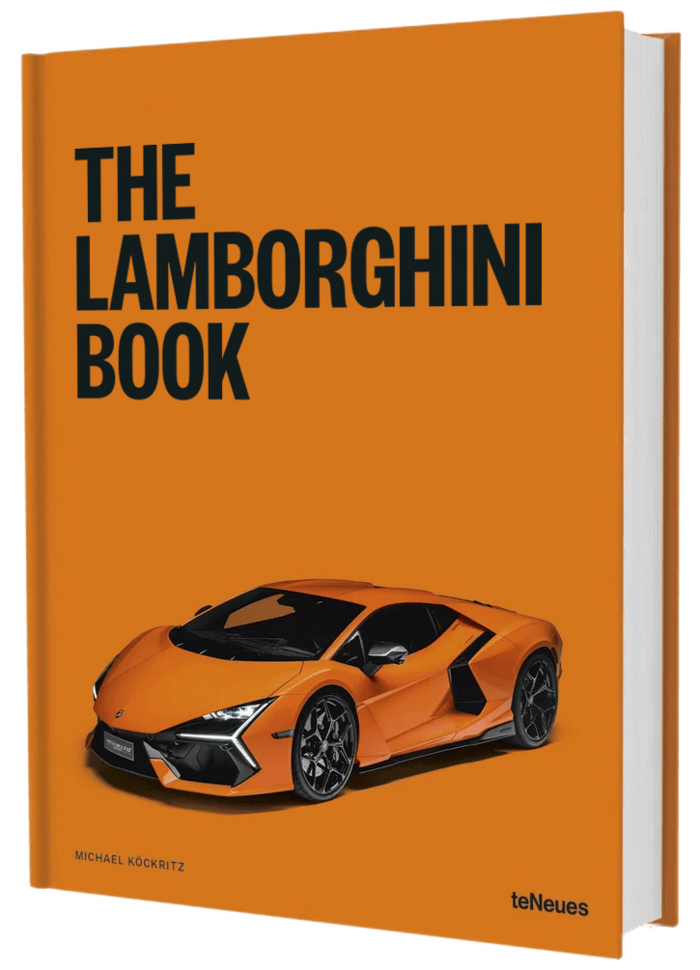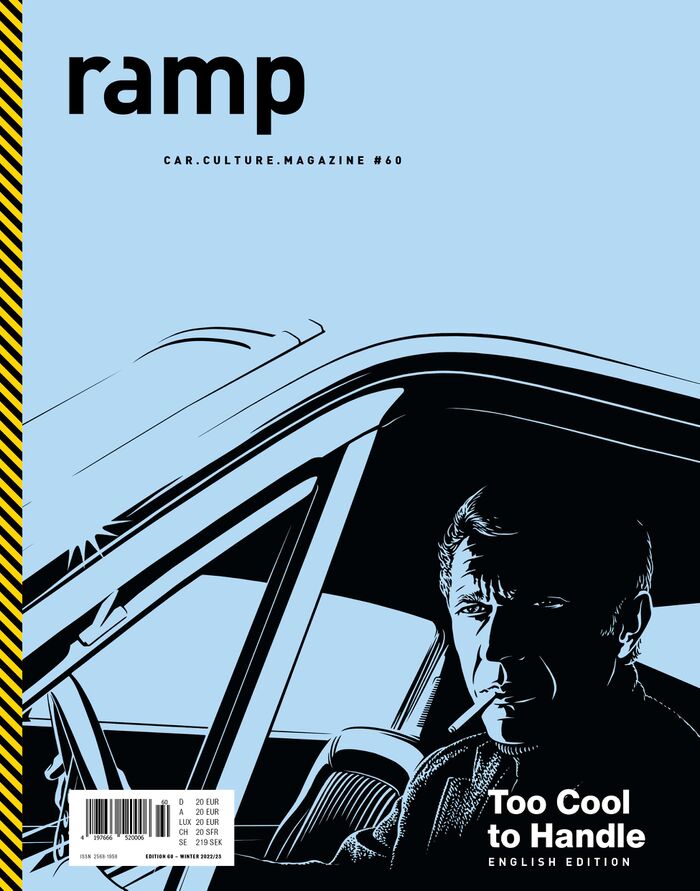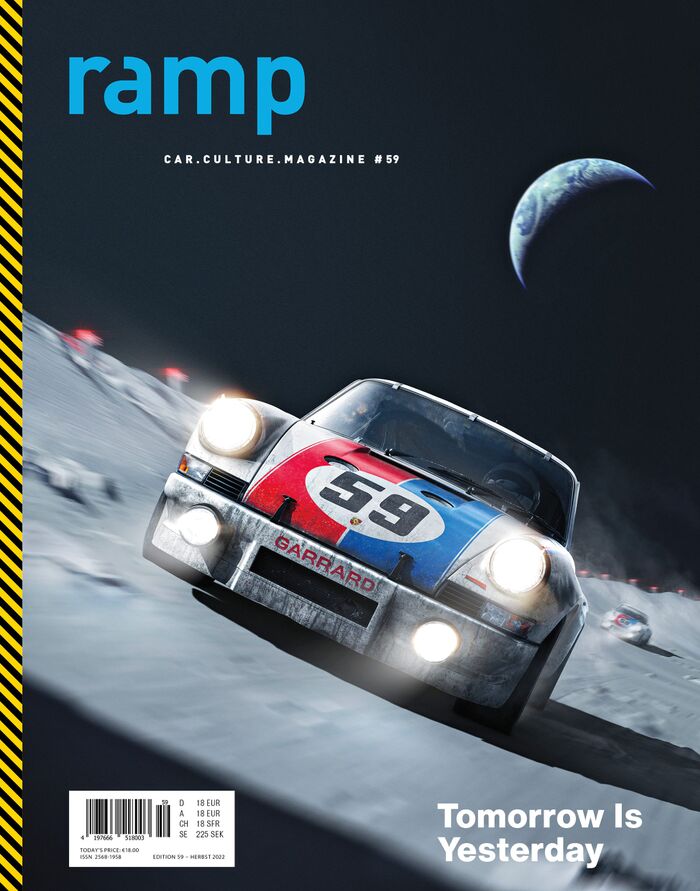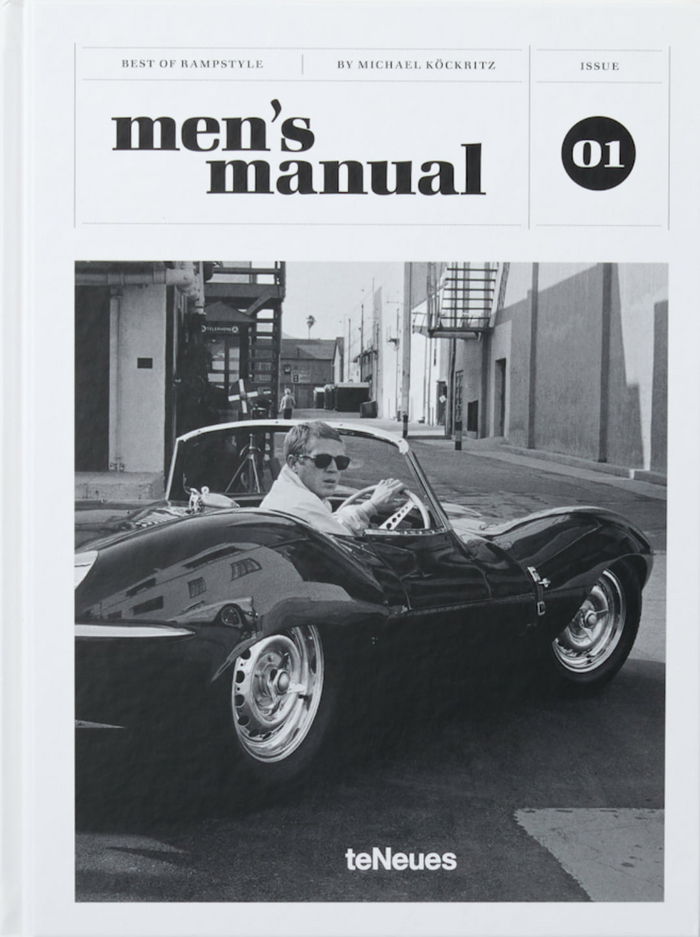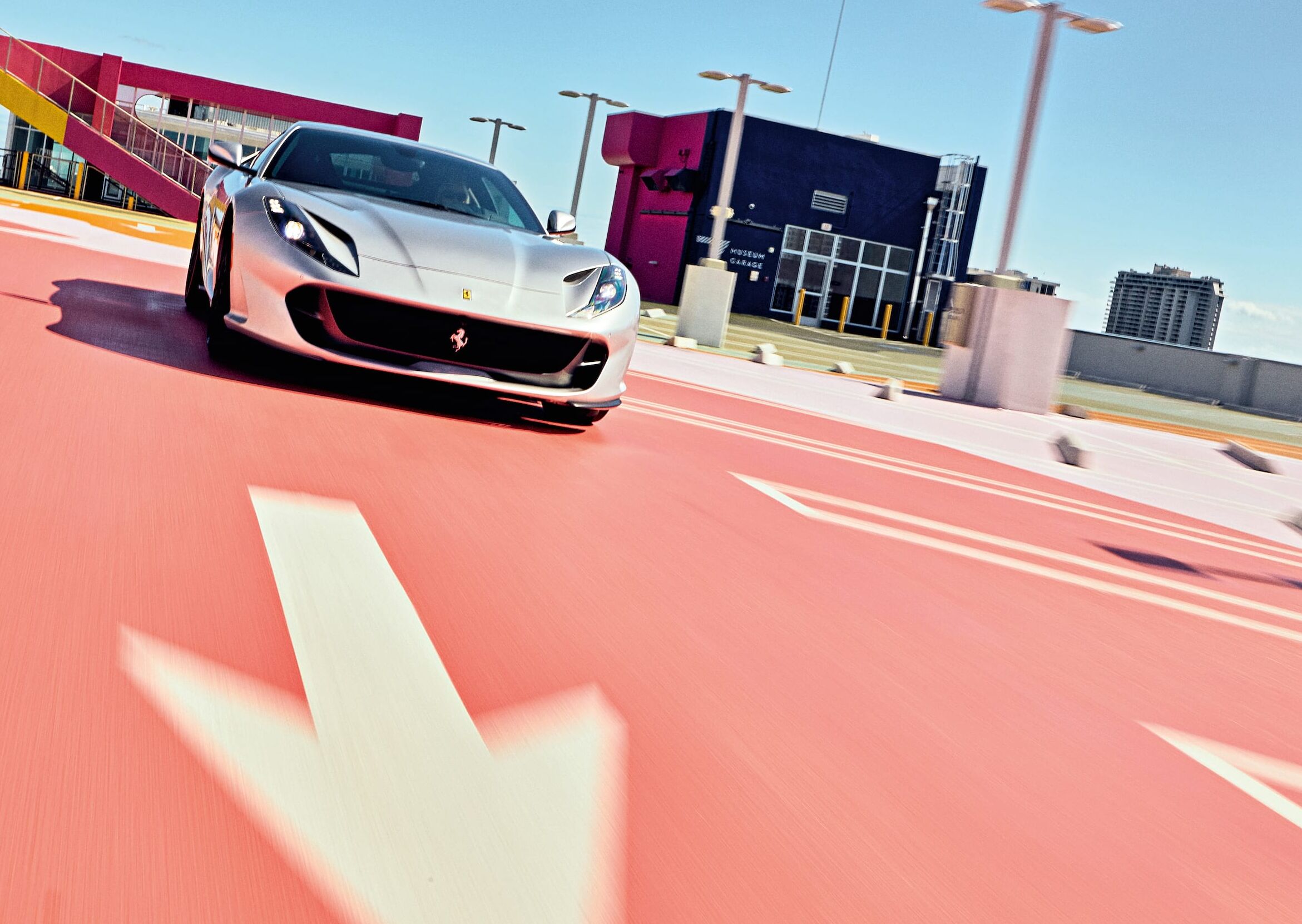That's right. That's exactly how it is. And that's exactly why Adam's books and stories are simply cool. Cool in the best sense. Coolness as high-spirited, silly warm-hearted realism. It's not exactly on the usual Steve-McQueen-I-am-the-King-of-Cool-and-pull-my-thing-through-coolness line, but it's at least as much fun and actually much more stimulating. After just two or three pages, you're already pretty much on your way to enjoyment.
The idea for "Hitchhiker's Guide to the Galaxy" came to Adams, who died unexpectedly in 2001 while working out, when he was lying drunk on a field looking at the stars after a visit to a pub in Innsbruck. He himself described this event thus: "The idea for the title first cropped up while I was lying drunk in a field in Innsbruck, Austria, in 1971. Not particularly drunk, just the sort of drunk you get when you have a couple of stiff Gössers after not having eaten for two days straight."
The plot of Life, the Universe and All the Rest follows on directly from the second part of The Hitchhiker's Guide, The Restaurant at the End of the Universe. Arthur Dent, the hero of the series, is saddened to learn that a galactic construction crew has blown up the Earth. In reality, the world was in fact a gigantic supercomputer, constructed millions of years ago to solve an important problem, namely the question of life, the universe and all the rest. This supercomputer experiment was nearing completion when the Vogons unceremoniously and somewhat bad-temperedly pulverised the Earth because it was in the way of a planned hyperspace bypass. Arthur Dent, meanwhile, is relaxing in the restaurant at the end of the universe, where they meet regularly to celebrate the demise of the cosmos appropriately in a relaxed atmosphere. All right?
